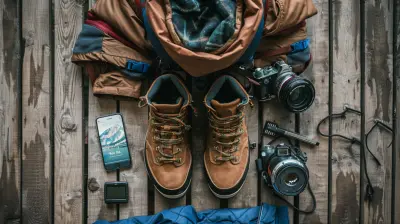Tips for Beating Altitude Sickness in Mountain Destinations
5 July 2025
So, you're heading to a breathtaking mountain destination? Awesome choice! But before you get too excited, let’s talk about a nasty little thing that can ruin your adventure—altitude sickness.
If you've never experienced it, consider yourself lucky. But trust me, it can hit anyone, regardless of fitness level or age. The good news? You don’t have to be a victim of dizzy spells, headaches, and nausea while reaching for the peaks. Follow these practical, battle-tested tips, and you'll conquer altitude sickness like a pro. 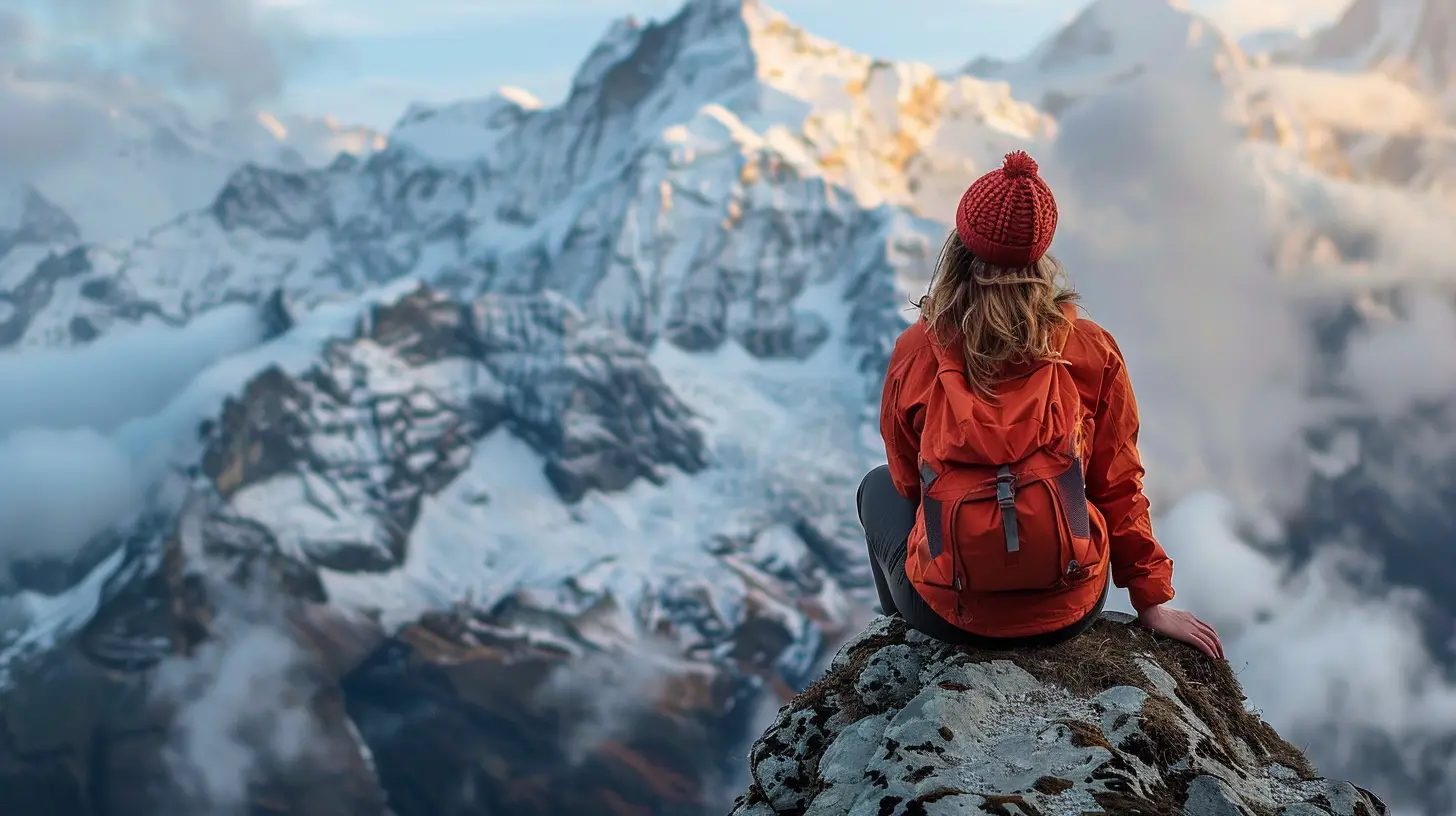
What Is Altitude Sickness, and Why Should You Care?
Altitude sickness (a.k.a. acute mountain sickness or AMS) happens when your body struggles to adjust to lower oxygen levels at high elevations. When you climb too fast, your body doesn't get enough time to adapt, leading to symptoms like:- Headaches (The pounding kind that makes you question your life choices)
- Nausea and vomiting (No, it’s not food poisoning—just your body freaking out)
- Dizziness and fatigue (You feel like you’ve run a marathon, even though you just walked up a few stairs)
- Shortness of breath (Like someone’s squeezing your lungs)
If ignored, it can escalate into serious conditions like high altitude pulmonary edema (HAPE) or high altitude cerebral edema (HACE)—both of which can be life-threatening.
Bottom line? Respect the altitude, or it will humble you. 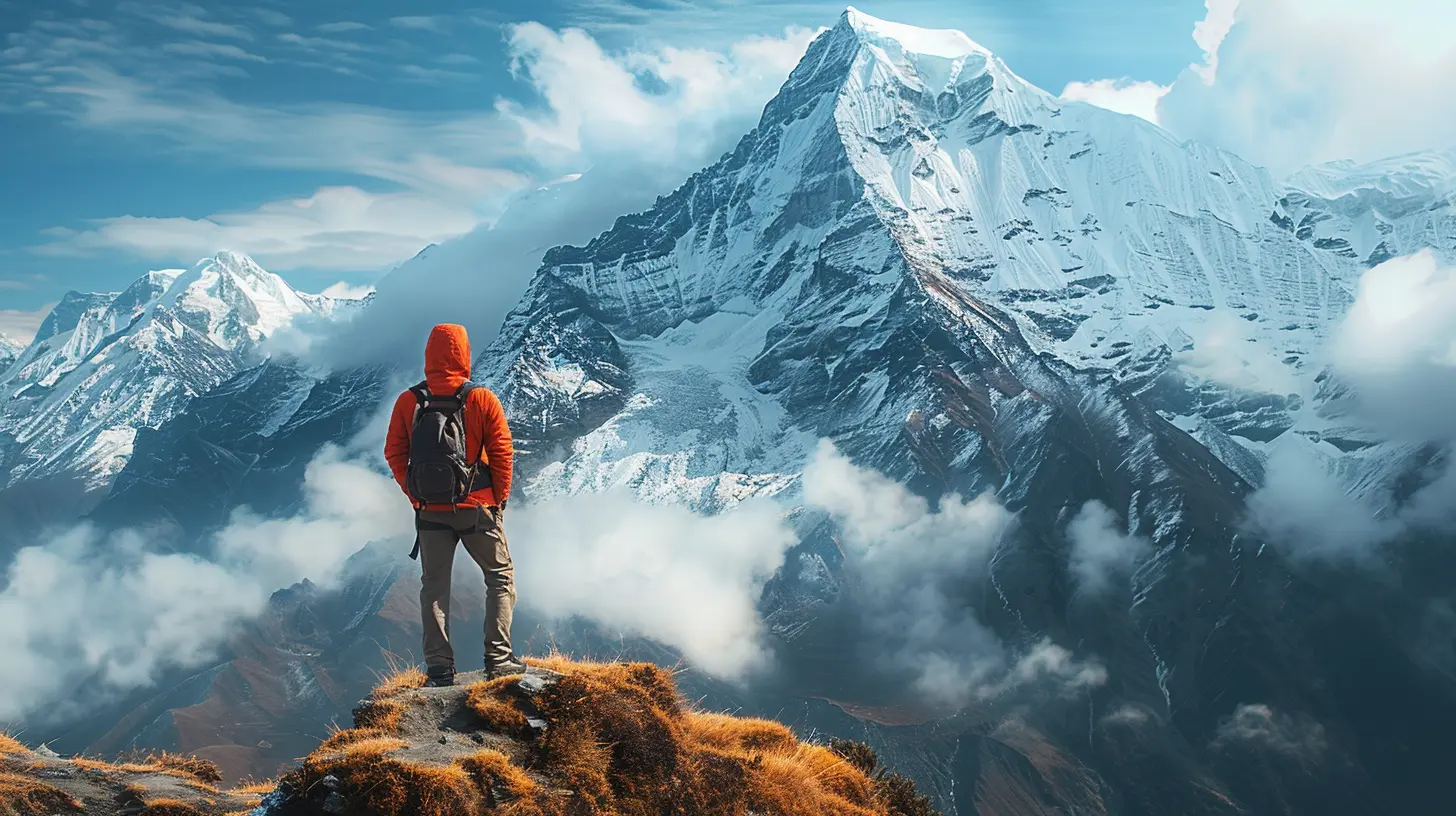
Proven Tips to Beat Altitude Sickness
Now that you know the enemy, let’s arm you with the right weapons. Here are the ultimate tips to prevent altitude sickness and enjoy your mountain adventure without drama.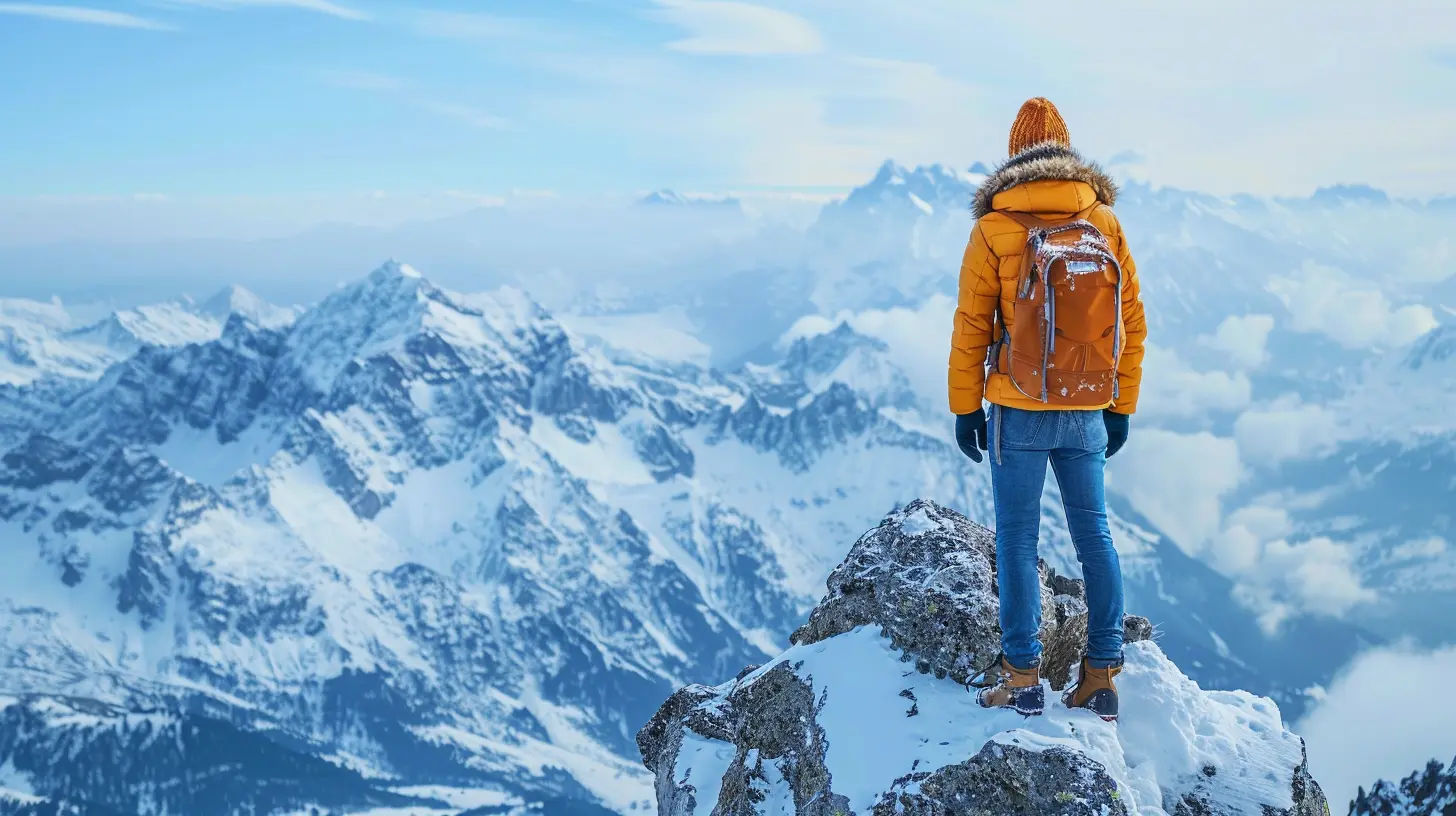
1. Take It Slow – Acclimate Like a Pro
One of the biggest mistakes travelers make? Rushing straight to high altitudes. Your body needs time to adjust to lower oxygen levels.- If possible, ascend gradually. Give yourself at least one or two days to acclimate at a moderate altitude before going higher.
- Follow the “climb high, sleep low” rule. This means you can hike up to a higher altitude during the day but return to a lower elevation to sleep.
Your body isn’t a machine—it needs time to adapt. So, take it slow, or risk feeling like a walking zombie.
2. Hydrate Like Your Life Depends on It
Dehydration makes altitude sickness 10x worse. The air at high altitudes is drier, and you lose water faster through breathing.Here’s what you need to do:
- Drink at least 3-4 liters of water daily. Yes, even if you don’t feel thirsty.- Limit alcohol and caffeine. They dehydrate you faster than a desert sun.
- Check your urine color. If it’s dark yellow, drink more water. Light yellow or clear? You’re good.
Want to feel alive and energized at altitude? Keep chugging that H2O.
3. Eat Smart – Fuel Your Body Right
Your body needs proper fuel to combat altitude sickness.Here’s what works best:
- Carbs are your best friend – Whole grains, pasta, rice, and fruits help maintain energy levels.- Go easy on heavy fats and proteins – They require more oxygen to digest.
- Frequent, small meals – Keeps your metabolism humming without overwhelming your system.
Feel sluggish? Maybe it’s time to ditch the junk food and fuel up properly.
4. Breathe Deep – Let Your Lungs Work for You
At high altitudes, oxygen is scarce. So, don’t breathe like you’re still at sea level.- Take slow, deep breaths – Inhale through your nose, fill your lungs, and exhale completely.
- Use controlled breathing techniques – Like the “4-7-8” method (inhale for 4 sec, hold for 7, exhale for 8).
- Consider oxygen supplements – If you’re traveling somewhere extreme, portable oxygen can be a game-changer.
Don’t be that person gasping for air on a simple uphill walk. Train your lungs to adapt.
5. Pop the Right Pills (If Needed)
Sometimes, no matter how careful you are, altitude sickness creeps in. That’s where medications help.- Acetazolamide (Diamox) – Helps speed up acclimatization. Best if taken a day before ascent.
- Ibuprofen or Aspirin – Great for headaches and inflammation.
- Ginger or motion sickness meds – Can help with nausea.
Pro tip: Always consult your doctor before taking meds—don’t just grab random pills and hope for the best.
6. Avoid Overexertion – Listen to Your Body
Your brain might say, “Let’s hike that peak NOW!” but your body might be screaming, “Please, no!”- Take frequent breaks – Pushing too hard increases oxygen demand, making symptoms worse.
- Pace yourself – This isn’t a race. You’re here to enjoy, not collapse.
- Sleep well – Your body repairs itself during rest, so don’t skimp on sleep.
Altitude isn’t the time to prove you’re Superman. Respect your limits.
7. Dress for Success – Stay Warm and Protected
Cold temperatures make altitude sickness symptoms worse. Here’s how to stay comfortable:- Layer up – Weather can change fast, so wear moisture-wicking and insulated layers.
- Cover up – Sunburns happen faster at high elevations due to stronger UV rays. Wear a hat, sunglasses, and SPF.
- Keep extremities warm – Cold hands and feet make everything worse. Pack gloves and thick socks.
The right gear can be the difference between a miserable trip and an amazing experience.
8. Recognize the Signs – Know When to Descend
Altitude sickness doesn’t care about your ego. If symptoms get worse instead of improving, go down—simple as that.- Mild symptoms? Rest, hydrate, and take it easy.
- Severe symptoms (confusion, inability to walk straight, extreme shortness of breath)? DESCEND IMMEDIATELY and seek medical help.
Mountains aren’t going anywhere, but your health comes first. 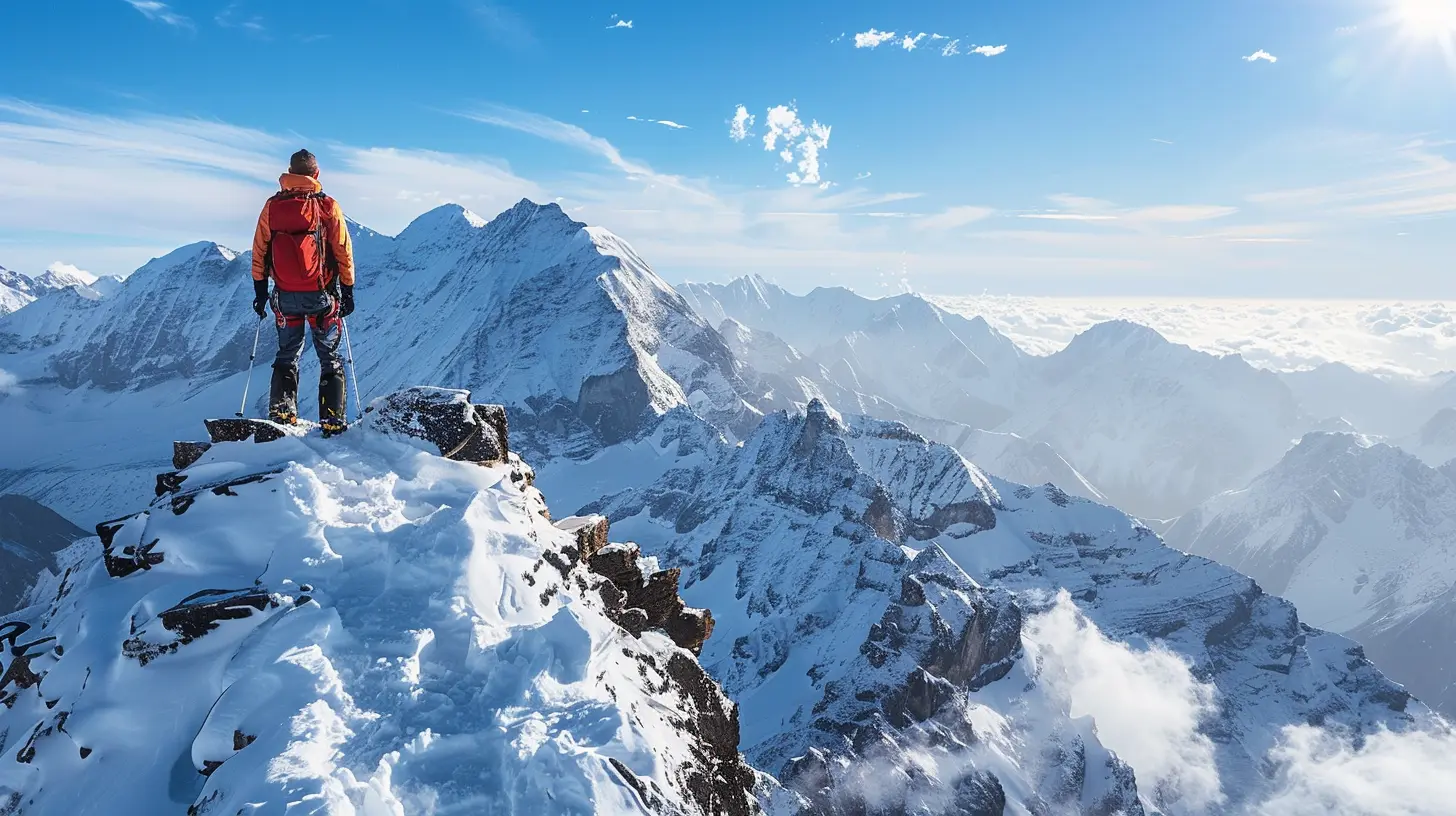
Final Thoughts – Conquer Altitude Sickness & Enjoy Your Trip
Altitude sickness can be a real trip-wrecker—but it doesn’t have to be. If you prepare properly, hydrate like a camel, eat the right foods, and listen to your body, you’ll have a smooth, unforgettable mountain experience.So go on, embrace the heights, breathe in the fresh mountain air, and make memories without the misery. You've got this!
all images in this post were generated using AI tools
Category:
Travel HealthAuthor:

Shane Monroe
Discussion
rate this article
2 comments
Kieran Wolfe
Altitude sickness: nature's way of reminding us that even adventures need a little caution. Hydrate, acclimate, and don't forget to breathe in those views!
November 6, 2025 at 4:43 PM

Shane Monroe
Absolutely! A little caution goes a long way in ensuring a safe and enjoyable adventure. Hydration and acclimatization are key—thanks for the reminder!
Xavi Erickson
This article effectively highlights practical strategies for preventing altitude sickness, emphasizing gradual acclimatization and hydration. Incorporating personal anecdotes or expert insights could further enhance its relatability and depth for travelers seeking adventure in high-altitude locations.
July 13, 2025 at 3:52 AM

Shane Monroe
Thank you for your feedback! I appreciate the suggestion to include personal anecdotes and expert insights for added relatability. I'll consider this for future revisions.

